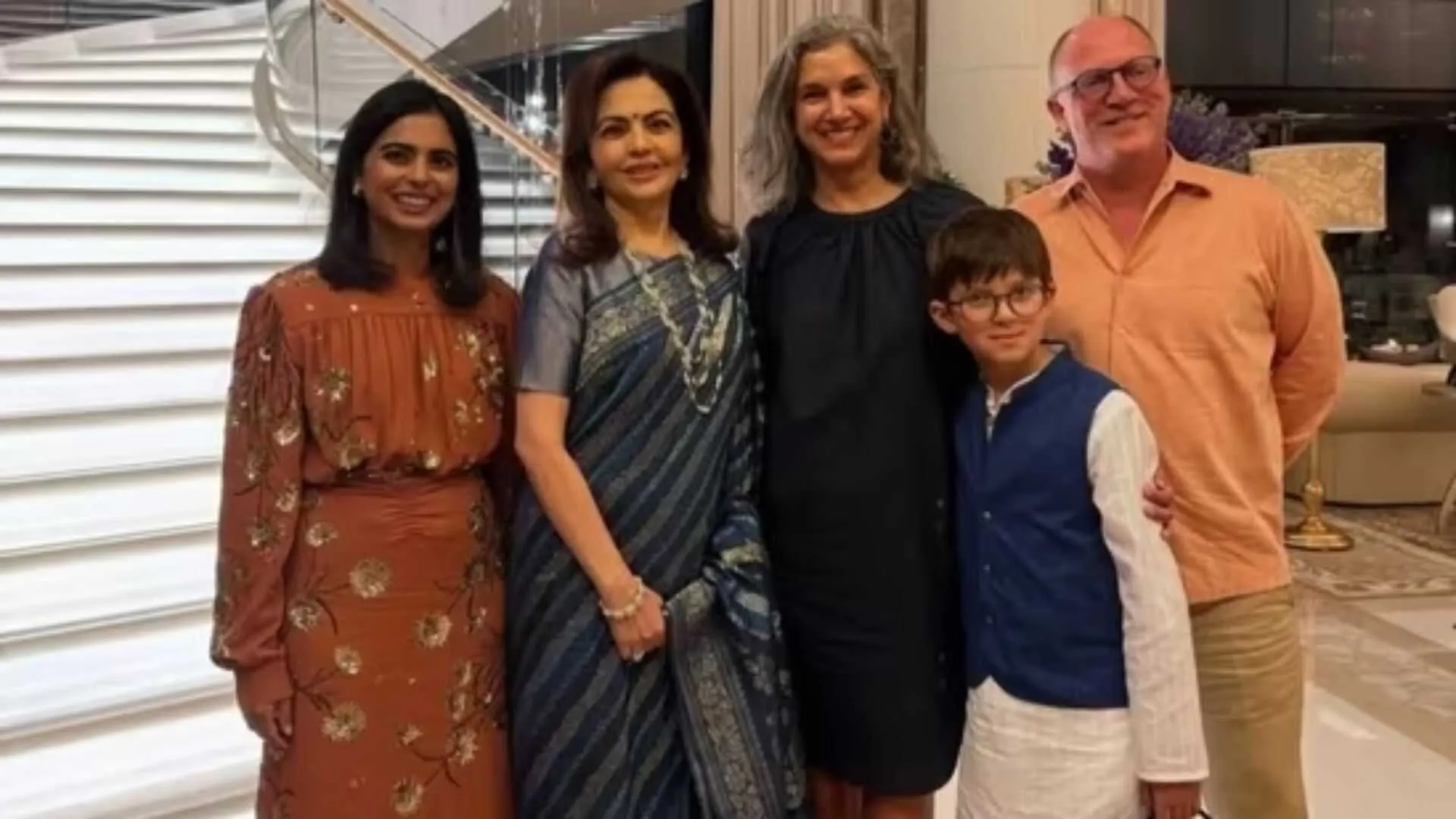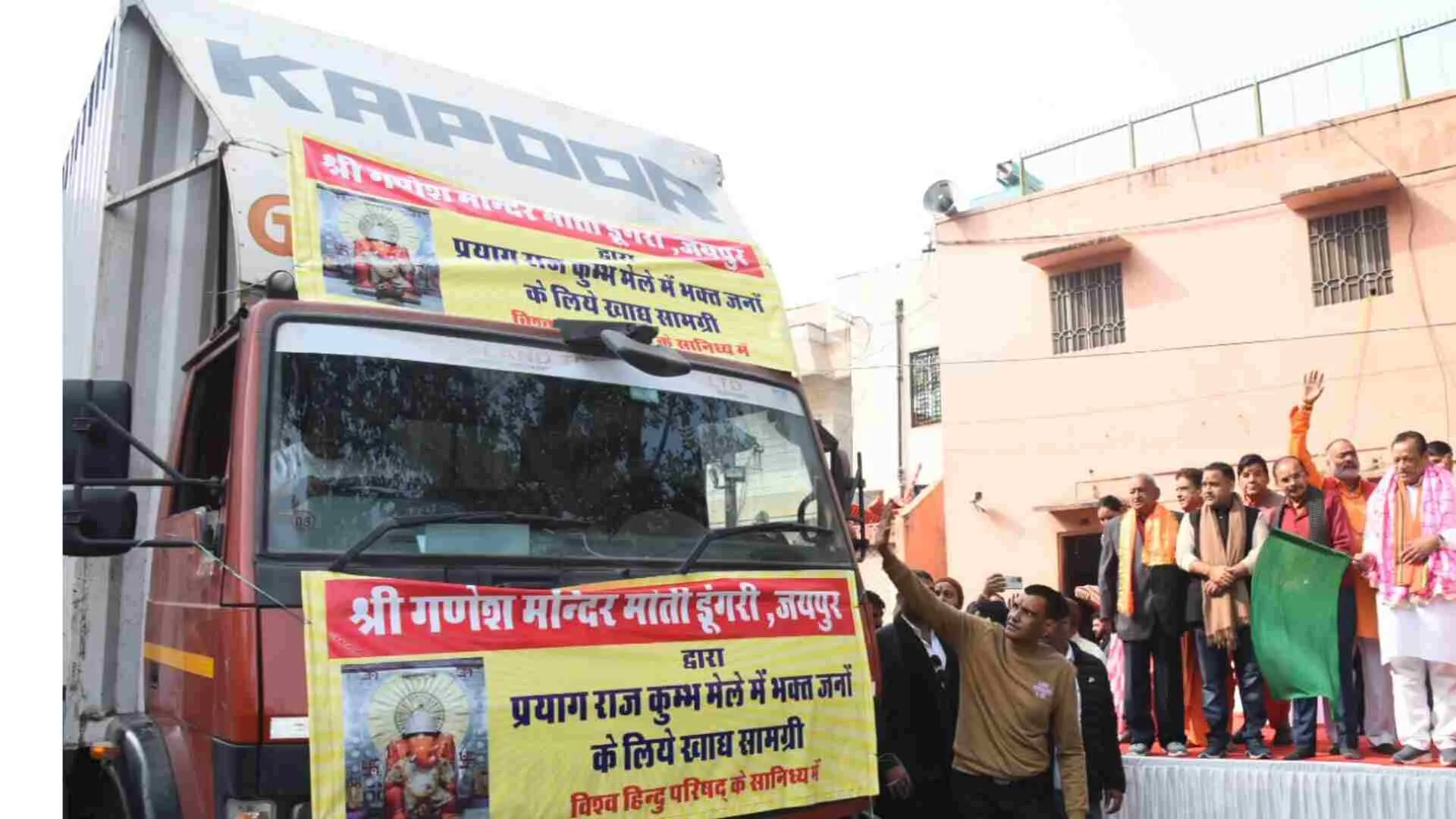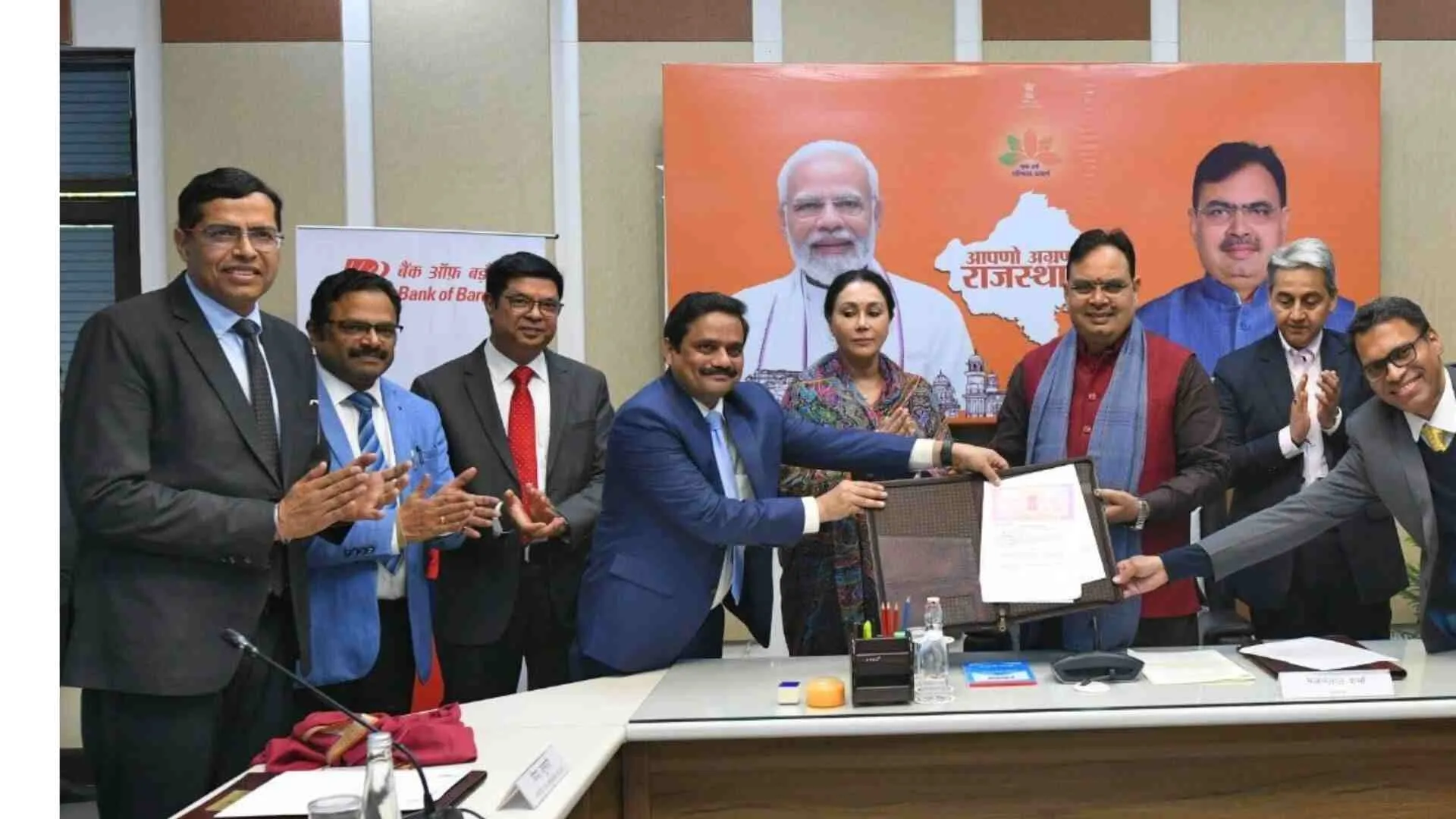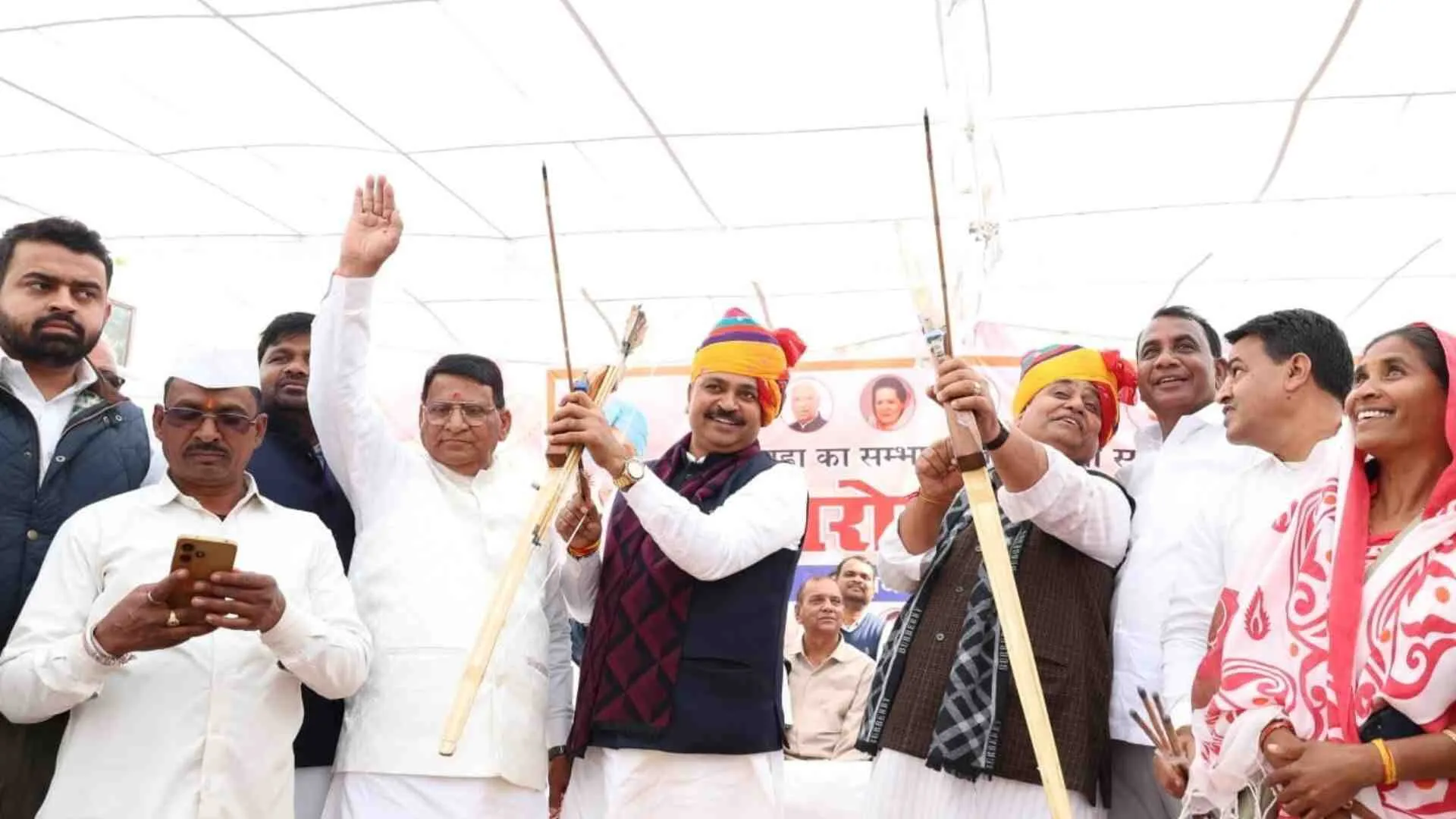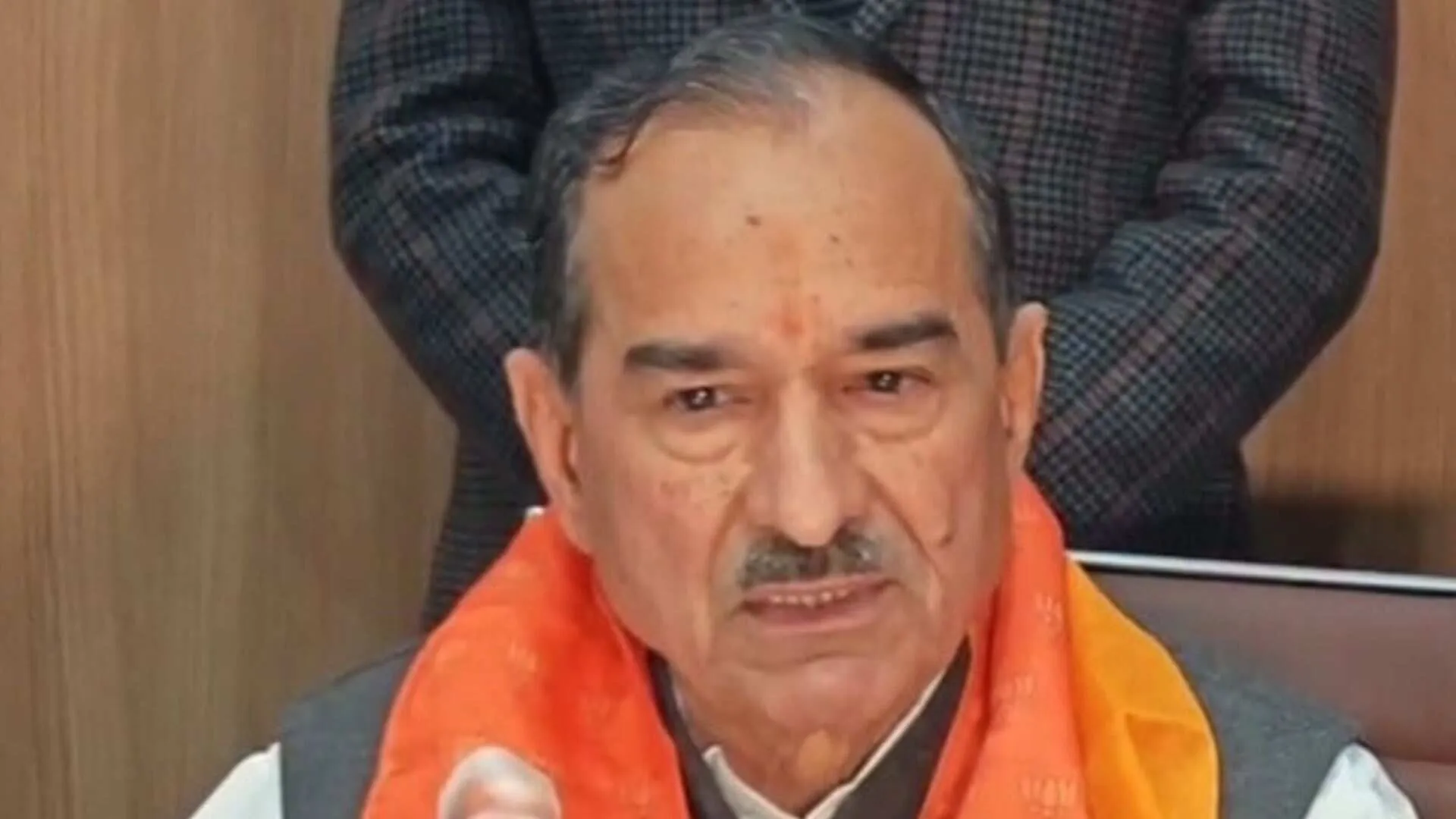Ahead of World IVF Day, Experts warns that India faces a critical infertility crisis that could disrupt its demographic balance. Rising infertility rates, coupled with a projected fertility decline, threaten to create an ageing population and severe socio-economic challenges, requiring urgent government intervention.
Dr. Ajay Murdia, founder of one of India’s largest fertility chains, Indira IVF, told deccanherald.com the pressing infertility crisis that endangers not just individual families but also the nation’s demographic stability. He highlights that India is at a pivotal moment, where rising infertility rates could contribute to an ageing population and reshape the country’s future demographic profile.
Rising Infertility Rates and Its Implications
According to Dr. Murdia, India is witnessing a rise in infertility due to hormonal imbalances, substance abuse, and lifestyle changes. He notes that approximately 27.5 million married couples are struggling with infertility, yet only about 275,000 IVF cycles are performed annually. This “silent epidemic” affects one in six couples and has the potential to create a demographic crisis with profound social and economic consequences
.

India is witnessing a rise in infertility
Projected Decline in Fertility Rates
The National Family Health Survey indicates a fertility rate of 1.6 in urban India and 2.1 in rural areas. By 2050, India’s total fertility rate is projected to fall to 1.29, significantly below the replacement rate of 2.1. Dr. Murdia warns that this trend could lead to a severely reduced working-age population, potentially mirroring challenges faced by other Asian countries with inverted population pyramids.
Urgent Need for Government Action
Dr. Murdia calls on the government to prioritize infertility as a significant national health issue, urging for enhanced investment in IVF infrastructure, especially in rural areas. He proposes integrating IVF services into government health schemes with options for subsidized or free treatments. He also highlights the need for expanded training programs for specialists to meet the growing demand for IVF and address the upcoming demographic challenges.
With a rich background that includes founding one of the first male infertility diagnostic clinics in 1988, Dr. Murdia has been pivotal in shaping Indira IVF’s mission. His efforts have focused on providing advanced fertility treatments and increasing awareness about infertility. Indira IVF’s achievements, including a 74% success rate in IVF treatments and over 150,000 successful pregnancies, demonstrate its commitment to addressing the infertility crisis.



